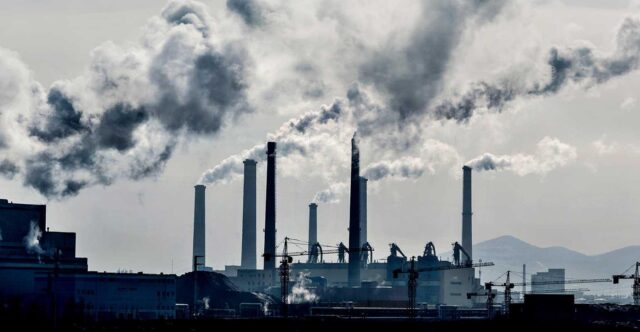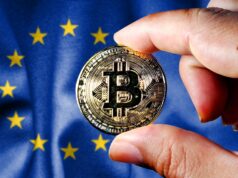
Electricity and heat production from industrial waste and biomass will be an energy future. But still, many countries do not use all their energy potentials … No matter how unusual it may sound, the future of energy is in industrial waste. Landfills, waste, and sewage will be important sources of energy in the future. The efforts made by governments, sustainable waste management companies— such as Away Today Rubbish Removal— and the population are key to the success of this new strategy. That future has already arrived in the developed countries of the European Union. They already use much of their waste as energy, for heating or generating electricity. Under the EU’s 2025 strategy, alternative energy sources will become even more important.
Cheap Electricity And Waste Law Violations

In some European countries such as Serbia, there are currently some obstacles for processing and recovering energy from waste. This is primarily due to the low cost of electricity. Such a fact makes any form of alternative energy production unprofitable. Then, in many countries, there is also a frequent disregard for waste management laws. As long as it is cheaper and easier to dispose of waste than to process it, the use of waste will also be neglected. Besides enabling energy to be generated, waste treatment is also necessary for the protection of the environment and human health. Experts point to EU energy strategies and documents. But also to the alternative energy potentials of European developing countries.
The Beginning Of An Era Of New Energy Production

Experts estimate that we’re just at the beginning of electricity and heat production from biomass and industrial waste. Still, this field has potential. According to Exodraft, industrial waste processing technologies are fully mastered. They don’t even require particularly high investments.
By 2025, the EU is planning a major investment activity of around € 3,000 billion in the energy sector. This is primarily about capacity rebuilding and efficiency gains. Europe is rich in these resources. It would be realistic that investments in renewable energy are about to start the energy cycle.
European Plans

Under the current energy strategy, the so-called green paper, the EU has set itself 3 goals by 2030. These are balanced sustainable development, competitiveness, and security of energy supply.
According to the strategy, energy consumption in the EU is projected to increase by 11 percent by 2030, and 60 percent worldwide. In the absence of any changes, oil imports are projected to grow 24 percent and gas 70 percent. Such energy dependency is a major problem in the face of volatile markets and prices. On the other hand, gas emissions so far have increased the global average temperature by 0.5 degrees Celsius. It is projected to increase by 1.4 to 5.8 Celsius degrees by the end of this century. This will have huge consequences for the ecosystem and the economy.
That is why the EU has taken three key measures:
- greater use of renewable energy and industrial waste
- increasing of energetic efficiency
- the need for a single energy policy for countries of EU
Conclusion

In the European Union, only a small percentage of the annual amount of industrial waste is used. In some countries such as Denmark, Germany, Sweden or the Netherlands, the percentage is larger and goes above 35 percent. Opposite to that, in countries such as Bulgaria, Greece or Romania, this percentage is only two to three percent. Experts estimate that markets and cheap energy from industrial waste will not exist until big players enter the market. Only big players require big deliveries and make long-term contracts. That brings financial stability that draws capital into this branch. Also, European countries have found that large sums are being paid for treatment for the unhealthy environment. That is the external cost of waste.












